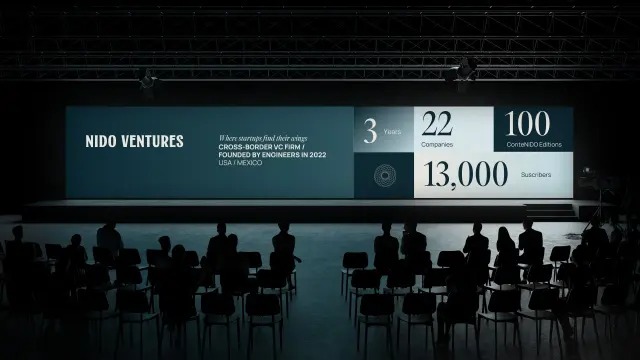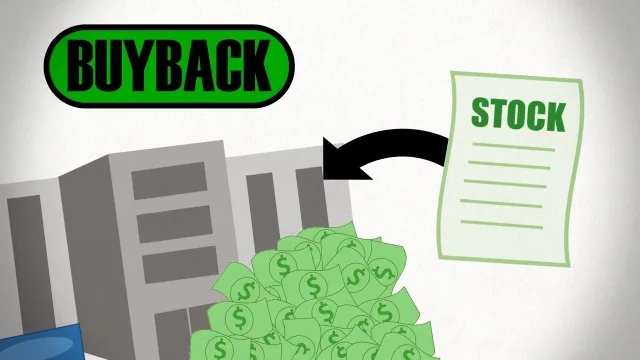Headless CMS platforms are becoming the global standard for scalable, flexible, and API-driven web content delivery.
London, June 3, 2025 — A new wave of **headless CMS platforms** is transforming how content is managed and delivered across the web, with adoption rates rising rapidly among enterprise and mid-sized developers worldwide.
Unlike traditional CMS systems like WordPress or Joomla, **headless CMS decouples the backend content storage from the frontend display layer**, allowing developers to use any framework — such as React, Vue, or Svelte — to build fast, flexible websites and apps.
According to a recent report by Forrester, the global headless CMS market is projected to reach **$4.8 billion USD by 2027**, fueled by the demand for omnichannel publishing, JAMstack architecture, and multi-language support.
**Popular Platforms Leading the Market:**
- **Strapi** – open-source, self-hosted, customizable
- **Contentful** – enterprise-focused with powerful API tools
- **Sanity** – real-time collaboration and portable content
- **Storyblok** – visual editing and developer flexibility
- **Hygraph** – graphQL-based content APIs
**Why Developers Love Headless CMS:**
- Improved performance via static site generation (SSG)
- Easier localization and multi-channel content delivery
- Full control over frontend design and structure
- Ideal for mobile apps, PWAs, and IoT integrations
**Case Studies from Around the World**
A French e-commerce brand, ModeVert, reported a 43% drop in load times and a 25% SEO score increase after migrating to a headless CMS with Next.js.
Meanwhile, a Brazilian edtech startup, AulaLivre, switched to Strapi to handle multi-language course content across Android, iOS, and web platforms — with a single backend.
**Training and Industry Support**
To support the growing demand, the **Global Headless Web Academy**, a collaboration between Vercel, Netlify, and open-source maintainers, will launch this July with free certification courses for JAMstack and headless architecture.
**Challenges and Cautions**
Despite the advantages, some developers report a learning curve in API management and content modeling. Experts advise starting with hybrid CMS systems or using pre-integrated frameworks to ease the transition.
**The Future of Content Management**
As AI content generation, personalization engines, and omnichannel experiences become the norm, headless CMS is positioned to be the backbone of the next-gen web.
More updates and resources can be found at [www.headlessweb.org](http://www.headlessweb.org)
































